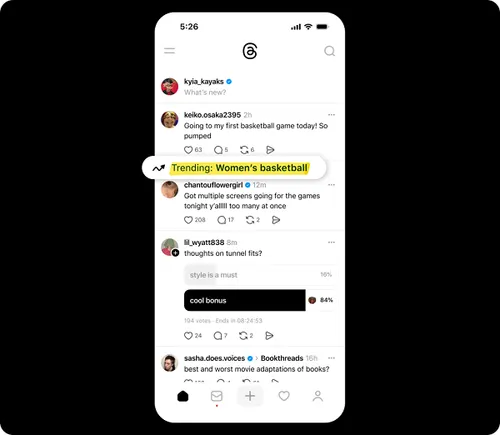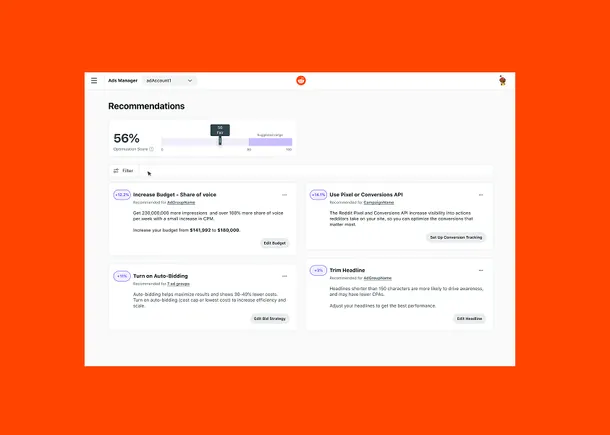Super Bowl ratings error—Fox issues new data following Nielsen miscount
Super Bowl LVII becomes the most-watched one, after previously ranking third.

More people watched this year’s Super Bowl than originally reported, Fox revealed today. The viewership total was revised from 113 million to 115.1 million total viewers across Fox, Fox Deportes and streaming after it was discovered Nielsen had miscounted the audience due to encoding errors.
The 2023 Super Bowl now breaks the record for the most-watched game in history, surpassing the previous record of 114.4 million from NBCUniversal’s broadcast in 2015.
Nielsen’s review was initiated by the NFL after it noticed unusually high viewership on its NFL Network on Super Bowl Sunday, said Mike Mulvihill, executive VP of strategy and analytics at Fox Sports. Mulvihill explained that the issue was in Nielsen’s audio encoding technology, which records inaudible code from a broadcast to record ratings and had incorrectly attributed some viewership on Feb. 12 to NFL Network rather than Fox.
This accounted for approximately 1 million of Fox’s lost viewers. And as Nielsen was reviewing its processes for Super Bowl Sunday, it also found another 1 million in undercounted out-of-home viewing. The Super Bowl’s out-of-home audience, e.g. those that watch in public rather than at home, totaled 20.8 million (up from the previously reported 19.8 million).
The two errors combined upped the initial Super Bowl count by about 2 million from its original number.
Watch all the Super Bowl 2023 commercials
In a statement to Ad Age, Nielsen said, “We strive to meet the highest standards for transparency and accuracy in audience measurement. The Super Bowl continues to be a unique media event in terms of its size and diversity in how audiences watch the game. We appreciate the support and collaboration from our partners at FOX and the NFL to correct previously unknown errors to ultimately provide a more accurate measure for this year's total audience for the game.”
While Mulvihill said it’s not uncommon for ratings to be reprocessed and discrepancies to be found, “this is unique to have something at the scale of the Super Bowl that gets reprocessed and shows a 2% difference and that 2% difference is the difference between the number three show of all time and the number one show of all time.”
Because the Super Bowl is sold on unit price rather than audience guarantee, Mulvihill said there was no financial impact for Fox or Super Bowl advertisers. Rather, “the impact is mostly just about our pride in our bragging rights and having the No. 1 show of all time,” said Mulvihill.
Even with 115.1 million viewers tuning in to see the Kansas City Chiefs defeat the Philadelphia Eagles in a tense 38-35 matchup, it wasn't the most-watched event ever. In the U.S. that title appears to still be firmly held by the Apollo 11 moon landing, broadcast across multiple networks on July 20, 1969. NASA suggests that 650 million people tuned in worldwide. (Other tallies pin U.S. viewership at a somewhat closer to Earth 125 to 150 million people.)
The gulf between Nielsen and iSpot
Nielsen’s revisions appear to narrow the reporting gulf between the company and rival iSpot.tv, which reported an average minute audience of 118.2 million for the Super Bowl audiences. Previously, iSpot showed a 4.6% bigger audience than Nielsen. Now, the gap is only 2.7%.
But the gulf between the two was actually broader in terms of in-home and out-of-home audiences. According to information from Nielsen, its out-of-home audience for the game was 20.8 million, which is nearly 27% higher than iSpot’s at 16.4 million. When it comes to in-home measurement, however, iSpot data appears to be 8% higher than Nielsen’s number, at 101.8 million vs. 94.3 million for Nielsen.
A spokesman for iSpot said the company didn't publicly release any Super Bowl audience number revisions because its cross-platform measurements "were within a small margin of error" when streaming and linear data were retabulated.
The news comes on the heels of Nielsen announcing it would return to trading on panel-based data during this year’s upfront, upending expectations that it would debut its big data offering in time for negotiations. Nielsen’s announcement renewed years-long concern about the ability of Nielsen’s panel size to accurately capture viewership, particularly as it recently refused to participate in the industry’s latest effort to standardize measurement via the U.S. Joint Industry Committee.

 UsenB
UsenB 
































